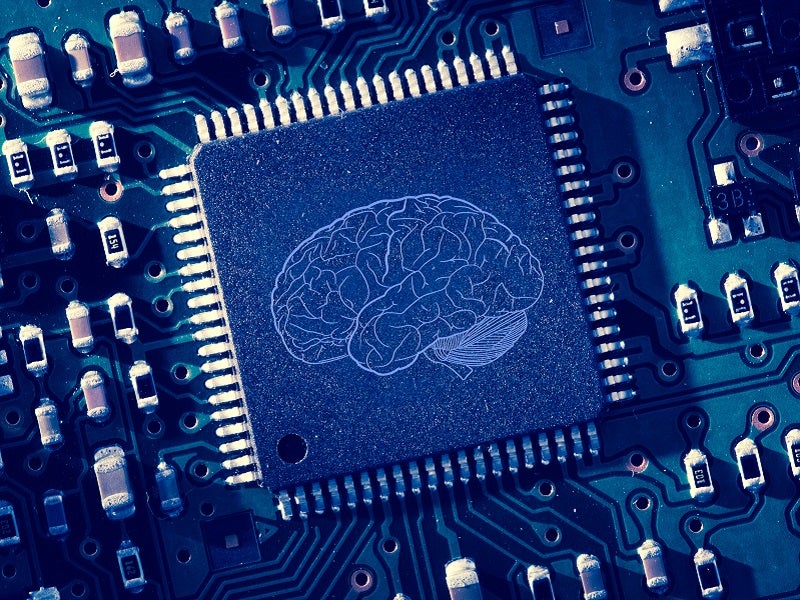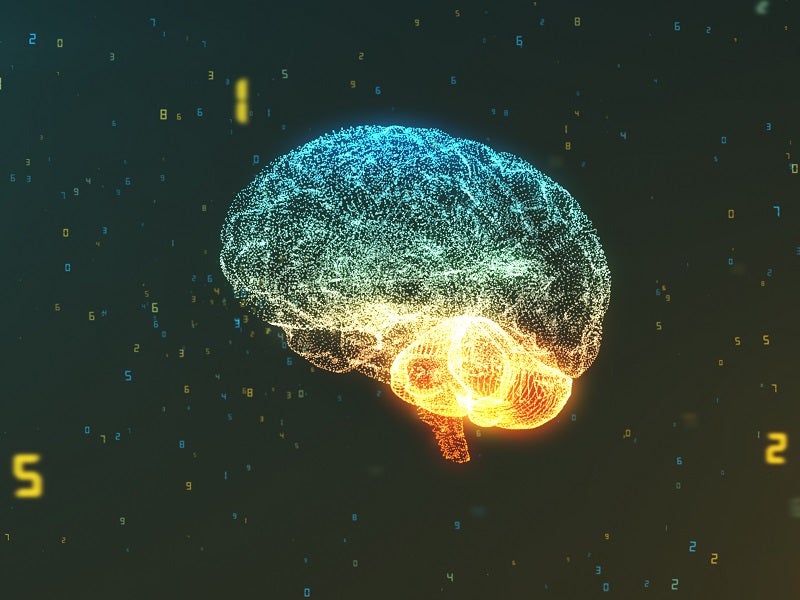
As the availability of data boosts, blended with the corresponding will need for assessment, the requires currently being placed on human beings in the device loop are getting to be ever higher and demanding the most able of minds in the encounter of this cognitive tidal wave. Dr Helen Dudfield, senior fellow and main scientist for teaching and human general performance at QinetiQ , examines the methods in which brain laptop interfaces (BCIs) could support in running the workload, and possible purposes in the defence area and further than.
In quite a few approaches, the brain is continue to a small-comprehended ‘black box’, with understanding of neuroscience in its relative infancy. On the other hand, as neurological investigate grows, we’re beginning to unlock a significantly increased perception into of how the brain capabilities, and how we could be able to optimise its performance in the future. Inspite of neuroscience staying a relatively new willpower, and BCIs are playing a big component in its advancement and software.
BCIs can be seen as a subset of the subject of human augmentation – which is involved with enhancing human overall performance by a variety of indicates. In the most straightforward phrases, BCIs use a variety of sensors and algorithmic data to bridge the electrical action of the brain to an exterior unit. By establishing a far more correct comprehending of brain purpose, and how diverse exterior stimuli could effects the way in which our brains reply to duties or worries, researchers can commence to investigate how we could unlock additional components of our mind, and how we can much better reply to stresses.
This is turning out to be a specifically eye-catching strategy in the quest to make improvements to work-dependent overall performance. For instance, BCIs could be employed to handle workload, psychological fatigue and increase consideration spans.
Overload and underload
Today’s staff, in defence and further than, deal with more facts (and additional facts sources) than at any time just before. The sheer volume of details, and all of the aspects that need to have to be regarded as when assessing a decision, can lead to cognitive overload and assessment paralysis. This sees leaders turn out to be overcome by the wealth of solutions offered, rendering them not able to choose on a crystal clear route ahead. From a armed service standpoint, the place fast, exact conclusions are crucial, this can lead to expensive delays.
There are also many stresses, both equally internally and externally, that can burden navy staff – notably individuals on front-line duty. Serious stress, still left unchecked, can cloud judgement, hamper general performance and aid final decision building that is extraordinary and outdoors of a person’s regular character. The growth of BCIs is giving scientists with optimism that we’ll quickly have resources to regulate significant-tension work environments, specifically via their means to streamline data, and observe and react to stimuli.
Defence is only a compact subset of BCI’s achievable makes use of. It’s also possible to see a lot of long run use in medication – for case in point, to help treat degenerative mind disorders, to rebuild language in people today who have experienced a stroke, to assistance those people who are paralysed, and to encourage areas these kinds of as memory and language by brain pc stimulation. Analysis on the health-related programs of BCIs is continuing to electric power forward at velocity. A short while ago, US-based mostly firm, Synchron , obtained Fda approval for the use of invasive BCIs in the procedure of amyotrophic lateral sclerosis — a progressive illness that impacts nerve cells.
When they are a person of only two BCI builders with Fda approval, its style could have sizeable implications in the treatment method of sufferers, including in the rehabilitation of military veterans, relocating forward.

BCI could considerably enhance human machine teaming. ‘Adaptive’ BCIs with the potential to react to an operator’s wants, could aid to avoid this kind of cognitive overload (or underload). For example, if the system is familiar with that an operator is overcome, it could minimize the display of info or immediate focus towards an place that is a lot more crucial. BCIs could also present a command system, for illustration, releasing up the arms and permitting procedure at ‘the velocity of thought’, decreasing reaction occasions. This sort of a capacity would be a must have for fighter pilots or frontline personnel, wherever speedy reactions are significant.
Mastering and deciding
Yet another space of desire for BCIs is in understanding and schooling. BCIs present a practical chance for researchers and educators to fully grasp and analyse the brain’s reaction to distinctive finding out strategies. This offers an option to tailor education and learning programs to each particular person and aid a more rapidly than standard adaptation to new principles, techniques and tips.
It is very little wonder then, that BCIs are currently being explored in an educational context, equally for military services and non-military use. For illustration, the US Air Pressure Investigate Laboratory has been discovering the use of BCIs blended with augmented truth as aspect of its Individualized Neural Understanding Procedure (iNeuraLS) programme, built to velocity up ability acquisition in personnel.
Synthetic intelligence sees common use to assist generating simple choices, but recent perform at Essex University is discovering the use of BCIs as an assist to advanced selection creating in groups. The researchers’ process identifies ‘neural and behavioural correlates of decision confidence…for genuine-time estimates and prediction of final decision assurance and person mental states…as well as pinpointing the behavioural, physiological and neural markers of effective group cooperation.’
What up coming for BCIs?
It’s clear that investigation and the software of BCIs will continue on to progress rapidly. Neuroscientists are continuing to check out the possible that the technological know-how has in adapting the way we work, reply to anxiety, and deal with damage or illness. What is a lot less selected is the certain type that BCIs will choose in the mid-to-extensive expression upcoming.
As of now, electroencephalogram ‘nets’ are a reasonably widespread and non-invasive kind of BCIs, whereas more invasive arrays of wonderful wires to sense neuron (or neuron group) responses are at an early phase. The latter facial area infection and instability complications. This, combined with ethical and threat issues, has led to hesitancy in quite a few countries to even exam invasive products.
Having said that, substantial study has been performed into non-invasive BCIs above the last couple of a long time – specifically in the defence business. We’re also viewing promising purposes in wellbeing and workload administration, but even so, these equipment keep on being incredibly a great deal in the early phases of growth.
We consider that non-invasive BCIs will probably come to be portion of the norm in human augmentation programs, helping us to optimise choice earning, efficiency and knowledge retention. Even so, the long run of invasive devices is less certain, and it is at present challenging to envisage widescale adoption outdoors of a health care context.